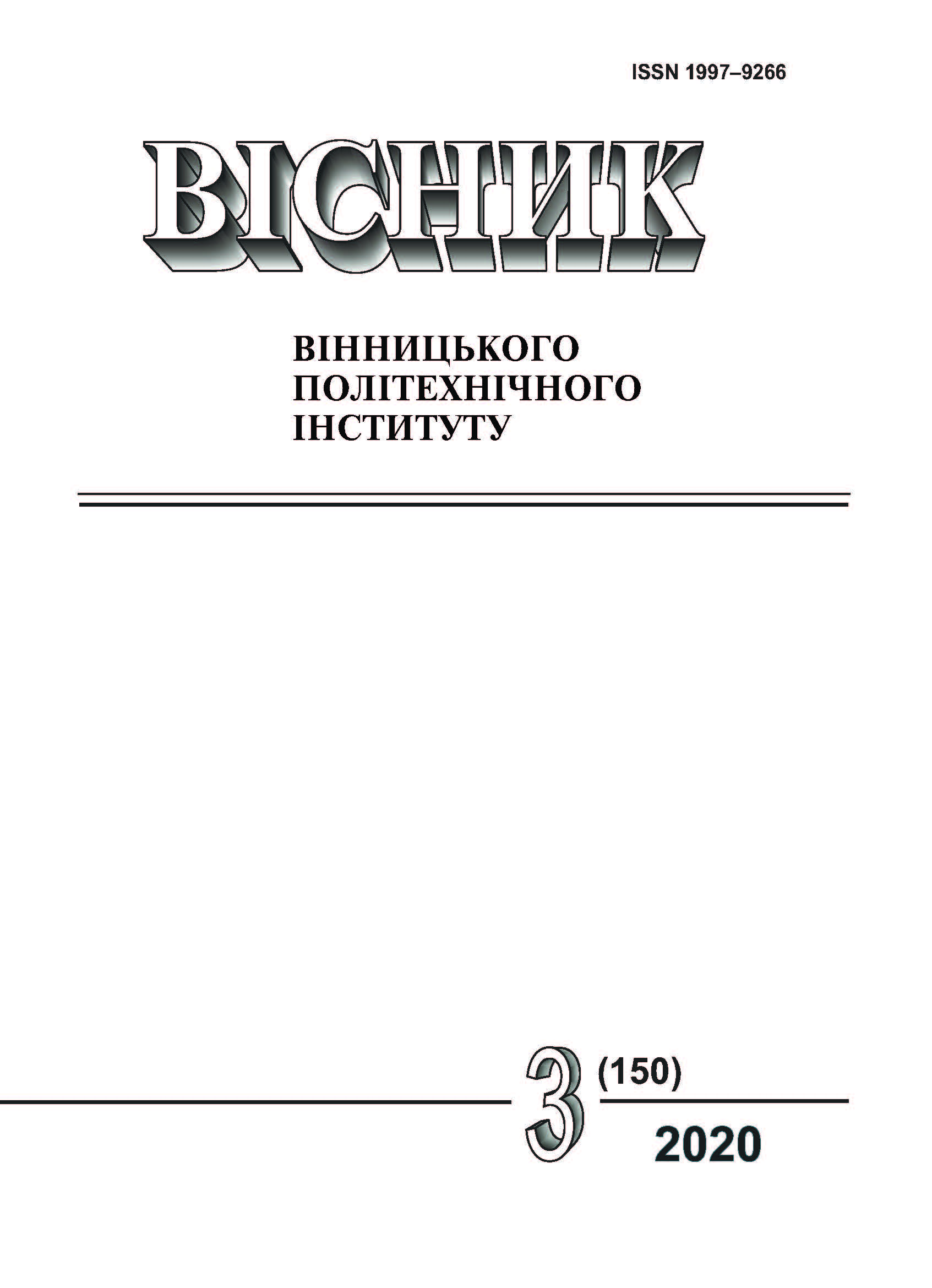Influence of the Friction Coefficient Value on the Disk Microspecimens Punching Diagram Taking into Account the Fracture Process
DOI:
https://doi.org/10.31649/1997-9266-2020-150-3-90-95Keywords:
small punch test, yield strength, tensile strength, disk microspecimen, finite element method, friction coefficientAbstract
Determining changes in mechanical characteristics, such as yield strength and tensile strength, of structural materials during their service life under the influence of operating loads and the working environment is a very important task of ensuring reliable and safe operation of working equipment. The use of uniaxial tensile tests for this purpose is not always possible because of the limited availability of material for the manufacture of specimens and the inevitable disruption of structural integrity. Therefore, indirect control methods are being developed, one of which is the small punch test method. The essence of this method consists in punching of a fixed specimen by a spherical indenter with recording the load-displacement curve. Mechanical characteristics are determined by the parameters of this diagram using correlation dependencies. In improving the methods for determining the mechanical characteristics of small punch test, there is a need to use numerical modeling, one of the parameters of which is the friction coefficient in contact pairs. The purpose of this work was to investigate the influence of the friction coefficient on the punching diagram in the numerical simulation of the disk microspecimen deformation process, taking into account the fracture process. The Gurson–Tvergaard–Needleman (GTN) model was used to account for the fracture process. According to the study results, it was found that when the coefficient of friction changes from 0 to 0,36, the punching diagrams at the stages of elastic and elastic-plastic deformation of the specimen do not differ significantly. When the maximum load value is reached, there is a discrepancy in the punching diagrams. It was found that an increase in the friction coefficient leads to a decrease in the maximum load and the punching depth upon failure. The difference between the maximum load values is 27 %, the penetration depth is 14 %. It was determined that the closest to the experimental load-displacement curve was the curve determined by numerical simulation with a friction coefficient equal to 0, 18.
References
CWA 15627:2007 Small Punch Test Method for Metallic Materials. CEN Workshop Agreement, 2007.
A. Janča, J. Siegl, and P. Haušild, “Small Punch Test Evaluation Methods for Material Characterization,” Journal of Nuclear Materials, vol. 481, pp. 201-213, 2016. https://doi.org/10.1016/j.jnucmat.2016.09.015.
V. Vorlicek, L. F. Exworthy, and P. E. J. Flewitt, “Evaluation of a Miniaturised Disc Test for Establishing the Mechanical Properties of Low Alloy Ferritic Steels,” Journal of Materials Science, vol. 30, pp. 2936-2943, 1995. https://doi.org/10.1007/BF00349666.
О. А. Каток, і Р. В. Кравчук, «Порівняльний аналіз методик розрахунку характеристик механічних властивостей за результатами випробувань дискових мікрозразків,» Вісник Хмельницького національного університету, № 3 (273), с. 44-49, 2019. https://doi.org/10.31891/2307-5732-2019-273-3-44-49.
T. E. Garcia, C. Rodríguez, F. J. Belzunce, and C. Suárez, “Estimation of the Mechanical Properties of Metallic Materials by Means of the Small Punch Test,” Journal of Alloys and Compounds, vol. 582, pp. 708-717, 2014. https://doi.org/10.1016/j.jallcom.2013.08.009.
Z.-X. Wang, H.-J. Shi, J. Lu, P. Shi, and X.-F. Ma, “Small Punch Testing for Assessing the Fracture Properties of the Reactor Vessel Steel with Different Thicknesses,” Nuclear Engineering and Design, vol. 238, pp. 3186-3193, 2008. https://doi.org/10.1016/j.nucengdes.2008.07.013.
O. A. Katok, R. V. Kravchuk, V. V. Kharchenko and M. P. Rudnits’kyi, “A Setup for Complex Investigation of Mechanical Characteristics of Structural Materials for NPP Equipment,” Strength of Materials, vol. 51, pp. 317-325, 2019. https://doi.org/10.1007/s11223-019-00077-6.
A. L. Gurson, “Continuum Theorie of Ductile Rupture by Void Nucleation and Growth: Part I–Yield Criteria and Flow Rules for Porous Ductile Media,” Journal of Engineering Materials and Technology, vol. 99, no. 1, pp. 2-15, 1977. https://doi.org/10.1115/1.3443401.
A. Needleman, and J. R. Rice, “Limits to Ductility Set by Plastic Flow Localization,” in Symposium on Mechanics of Sheet Metal Forming, Warren, USA, 1977, pp. 237-267.
V. Tvergaard, and A. Needleman, “Analysis of the Cup-Cone Fracture in a Round Tensile Bar,” Acta Metallurgica, vol. 32, no. 1, pp. 157-169, 1984. https://doi.org/10.1016/0001-6160(84)90213-X.
C. C. Chu and A. Needleman, “Void nucleation effects in biaxially stretched sheets,” Journal of Engineering Materials and Technology, vol. 102, no. 3, pp. 249-256, 1980. https://doi.org/10.1115/1.3224807.
Downloads
-
PDF (Українська)
Downloads: 169
Published
How to Cite
Issue
Section
License
Authors who publish with this journal agree to the following terms:
- Authors retain copyright and grant the journal right of first publication.
- Authors are able to enter into separate, additional contractual arrangements for the non-exclusive distribution of the journal's published version of the work (e.g., post it to an institutional repository or publish it in a book), with an acknowledgment of its initial publication in this journal.
- Authors are permitted and encouraged to post their work online (e.g., in institutional repositories or on their website) prior to and during the submission process, as it can lead to productive exchanges, as well as earlier and greater citation of published work (See The Effect of Open Access).





